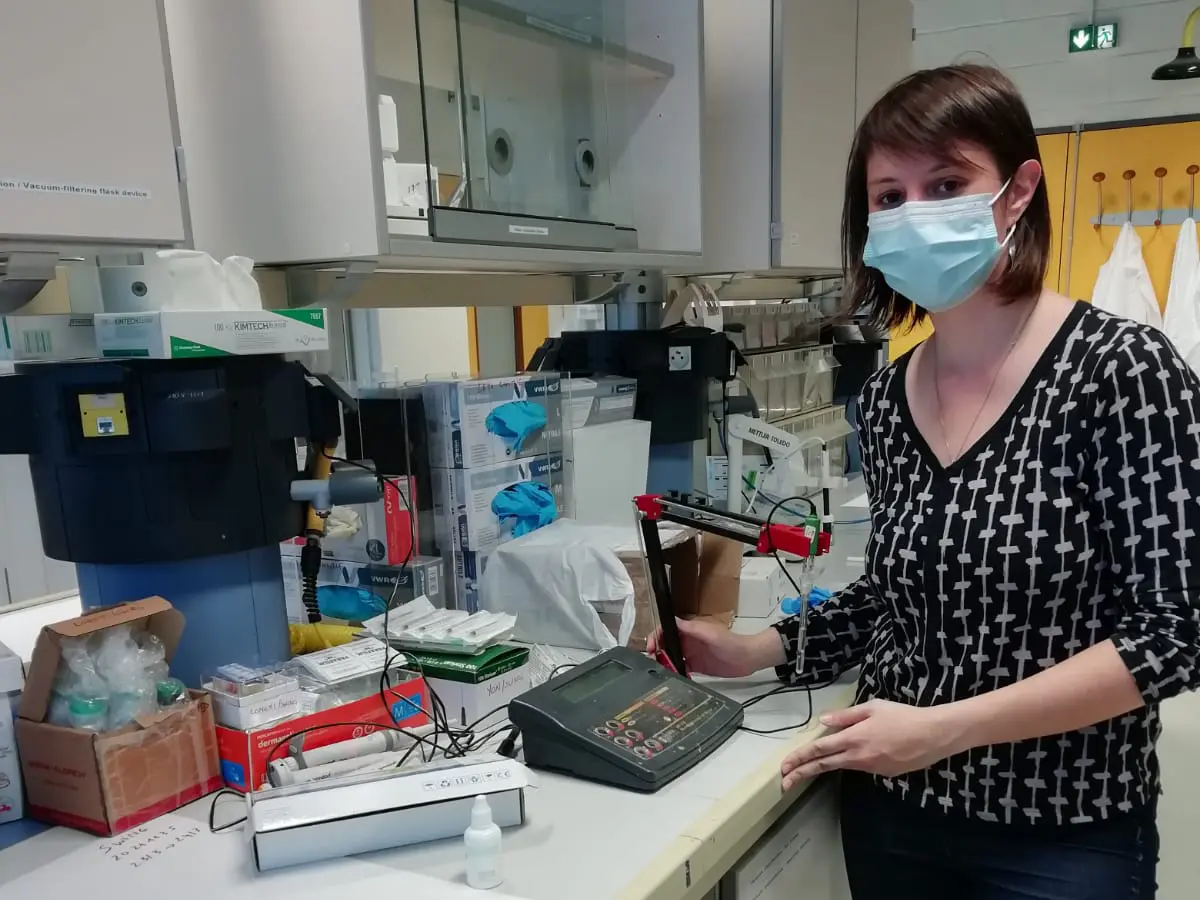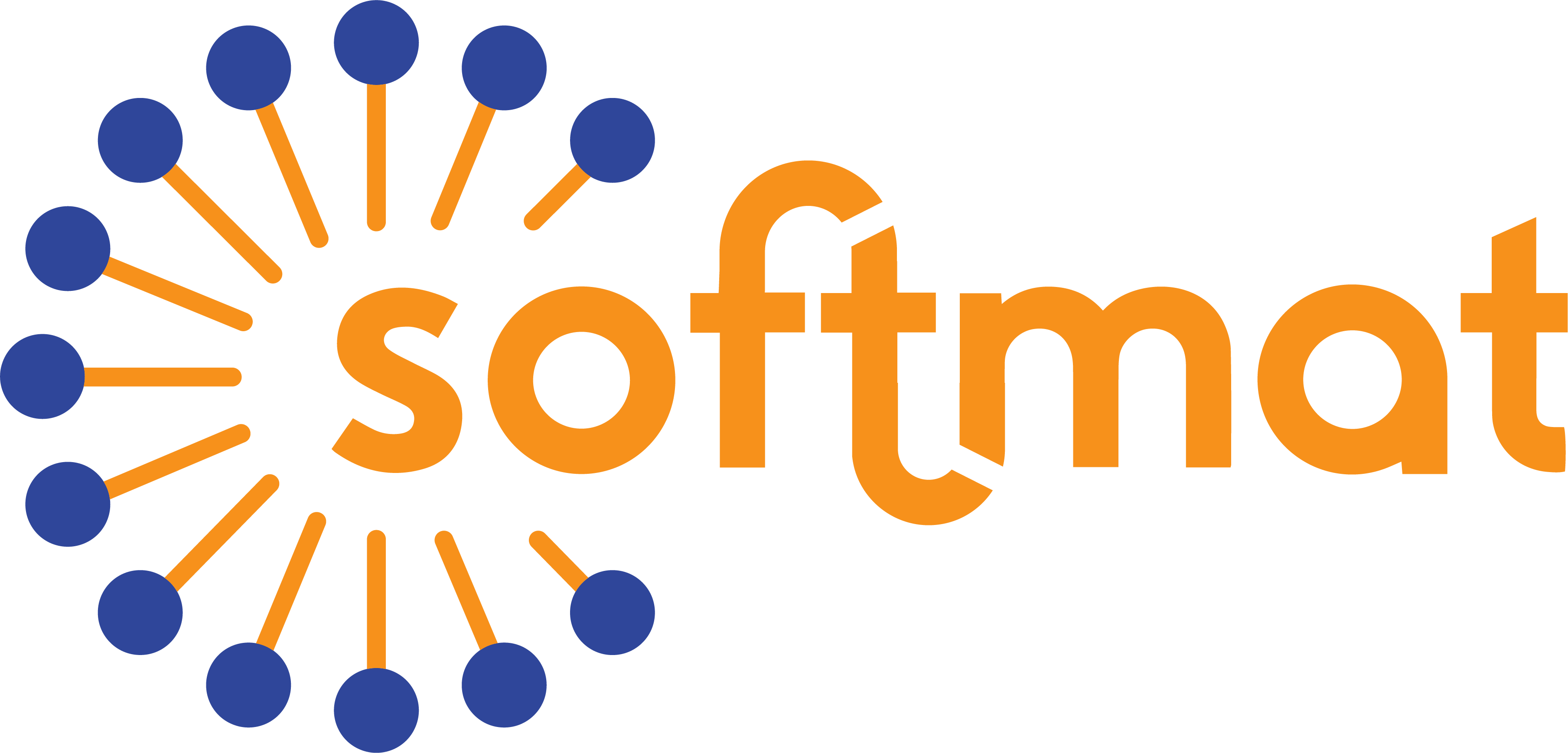Marjorie carried out her research in the IDeAS team at the Softmat laboratory.
On 9th December, she defended her thesis entitled: “Assemblies of polymers, ions and gold nanoparticles in solution: formation mechanism, characterisation and applications”
Scientific research about assemblies at molecular scale knows now an expanding development. Indeed, the mechanisms involved into the formation of these assemblies are highly inspired from natural phenomenon. Therefore, the mimic of these assembly strategies at nanometer scale permit the access of many biological application fields such as imaging field, drug delivery or cancer treatment. For that purpose, assemblies targeting these applications, must at least present both obvious stability in biological medium and suitable properties for the chosen field. This work is about the study of assemblies involving block copolymers, trivalent ions (Y3+, Gd3+, Eu3+) and gold nanoparticles.
First, she showed that the poly(acrylic acid)-block-poly(N-vinyl-2-pyrrolidone) (PAA-b-PVP) polymer synthesized via a RAFT polymerization process, formed nanostructures in presence of trivalent ions (such as Y3+, Gd3+, Eu3+). Latter assemblies displayed good colloidal stability in water and a low cytotoxicity in vitro. Besides, the gadolinium-based colloids revealed high performance as contrast agents for MRI imaging field. She demonstrated at the end that PVP offers a great opportunity to replace PEG into the design of assemblies for biological applications.
Secondly, the study of assemblies involving gold nanoparticles and ions was explored. The resulting interactions modified the gold nanoparticles’ optical properties, which lead to an easy and simple set up of a colorimetric test. This test allows the detection and quantification of Gd3+ ions in the range of mM concentrations. A systematic control of the samples prepared for MRI imaging was then realized without using time-consuming and expensive techniques.

Finally, the investigations regarding supracolloidal assemblies based on the pH-responsiveness behavior of the PAA-b-PVP in solution were conducted. Lowering the pH of water solution of this copolymer induced the formation of spherical objects based on hydrogen bonds’ creation between the acrylic acid (AA) and vinyl pyrrolidone (VP) functions. The final size of these objects depends on both polymer’s initial characteristics (configuration, molecular weight) and on its concentration in solution.
Despite its simplicity, this assembly process was proved to be reversible and showed the particularity to enable the reversible trap of gold NPs initially introduced in the polymer solution. Indeed, the strong interaction between gold NPS and VP functions represent here the driving force leading to the entrapment of the gold NPs into the assemblies.
Preliminary tests were conducted onto hybrid assemblies of PAA-b-PVP, Gd3+ ions and gold NPs, opening then perspectives toward design of materials with original properties.
Highlight of the thesis:
- Marjorie won the Prize for the best oral communication, awarded by the Doctoral School during its annual meeting in 2021.
- She also participated in the animation committee of the lab and initiated the organisation of Olympiads which took place during the annual lab day in 2021.
Congratulations to Marjorie for the quality of her work and involvement in the life of the laboratory!
